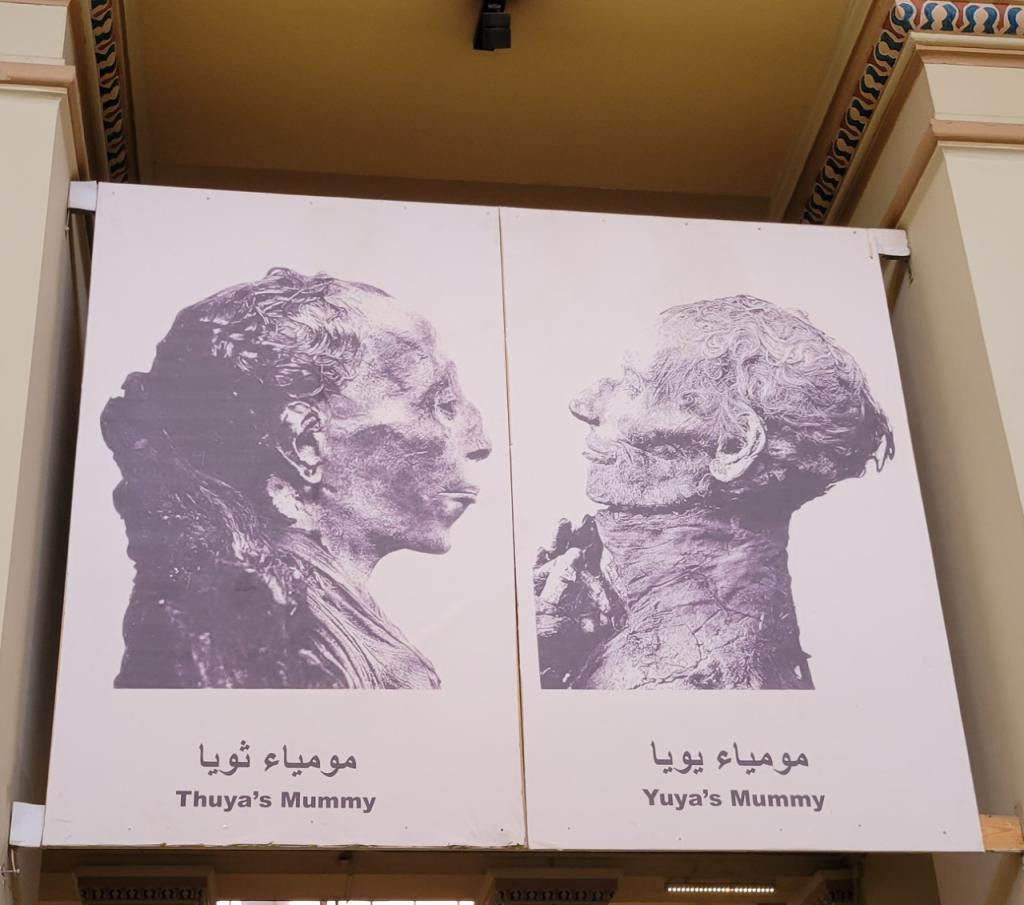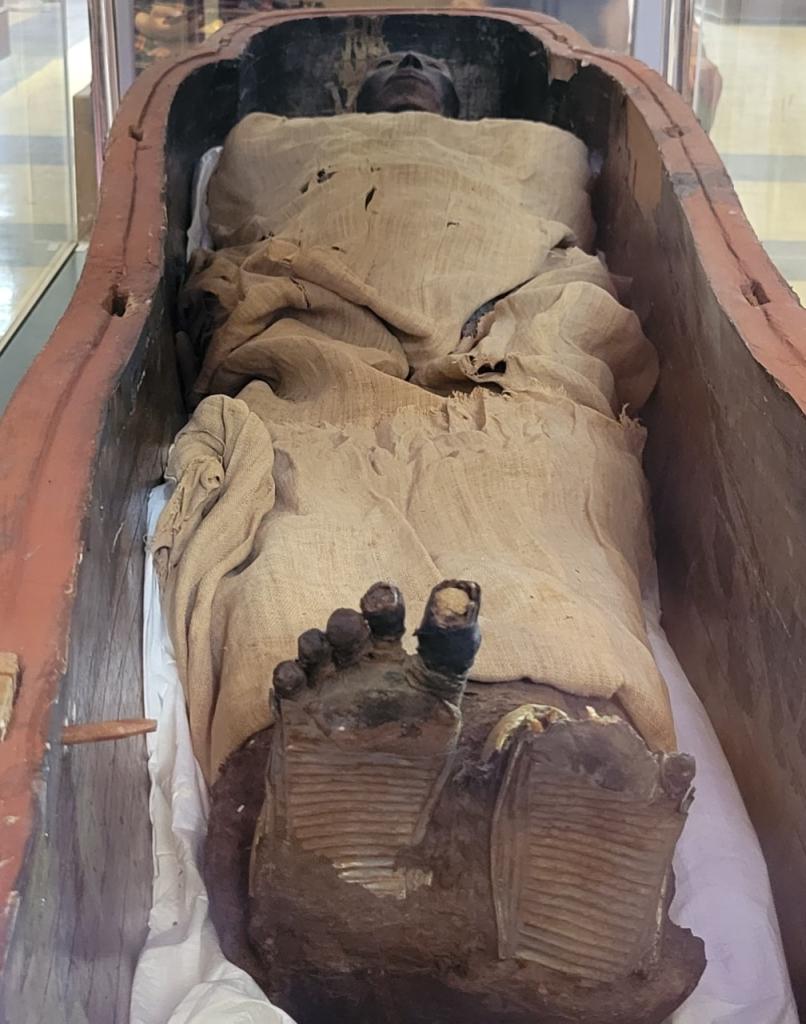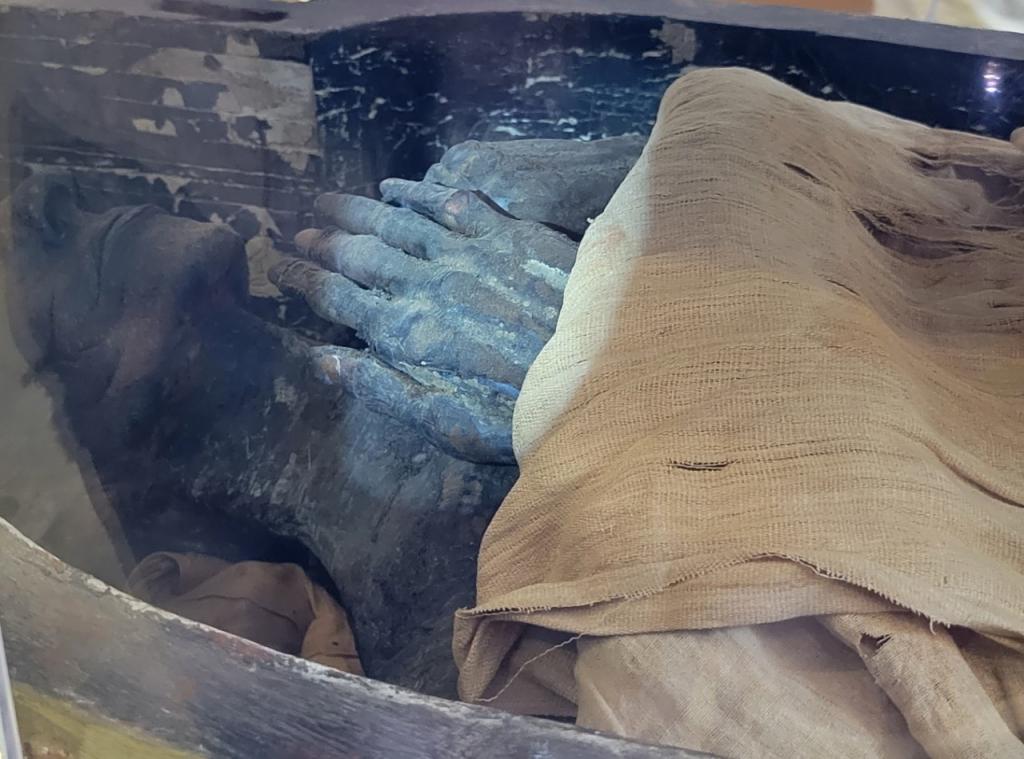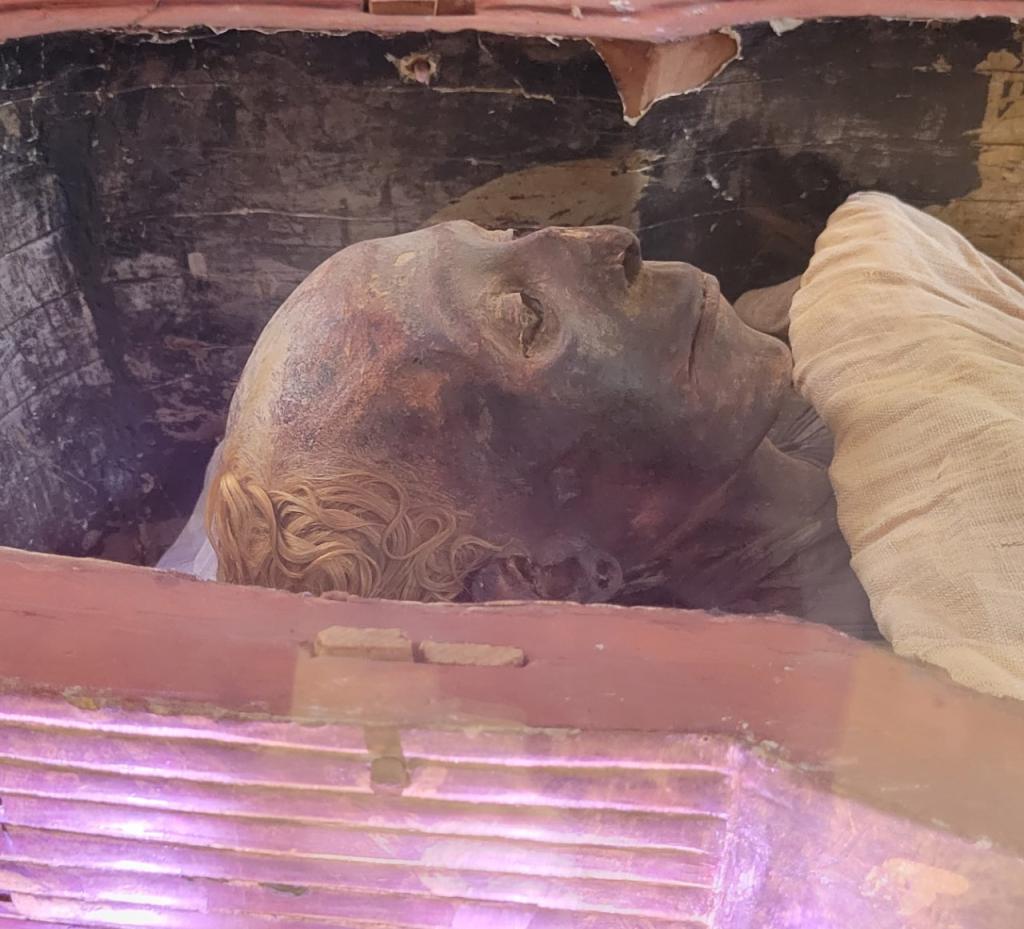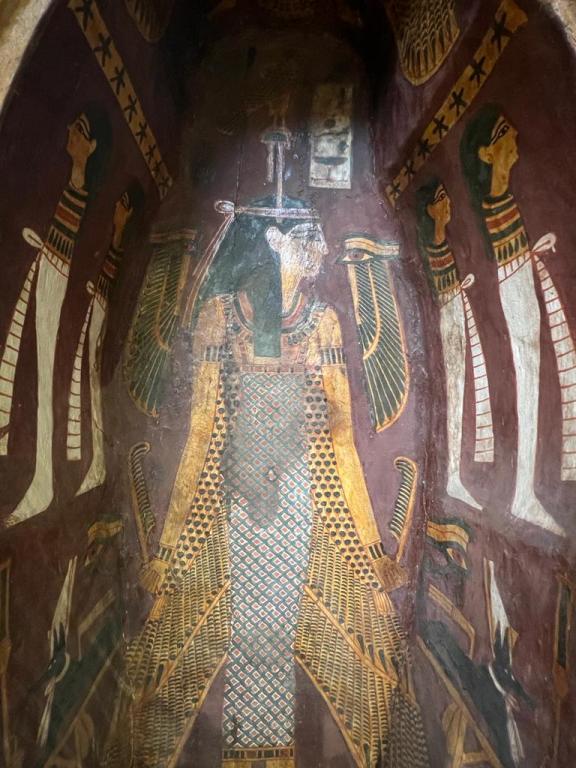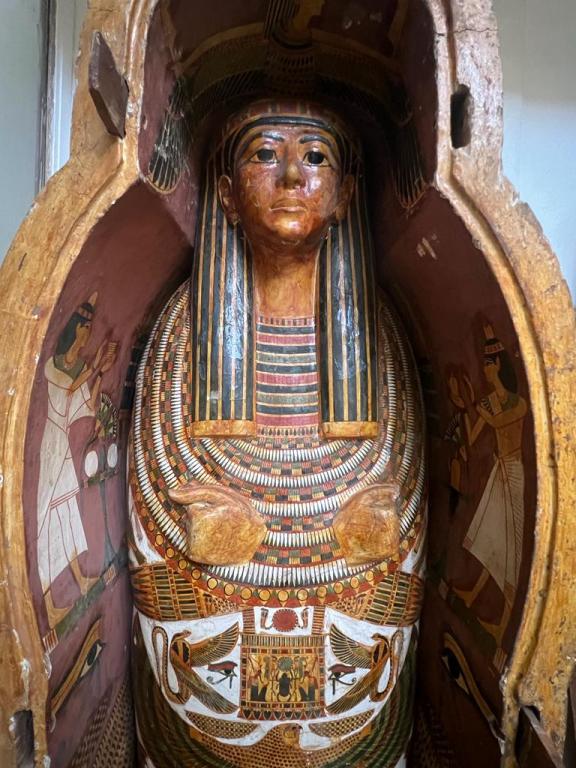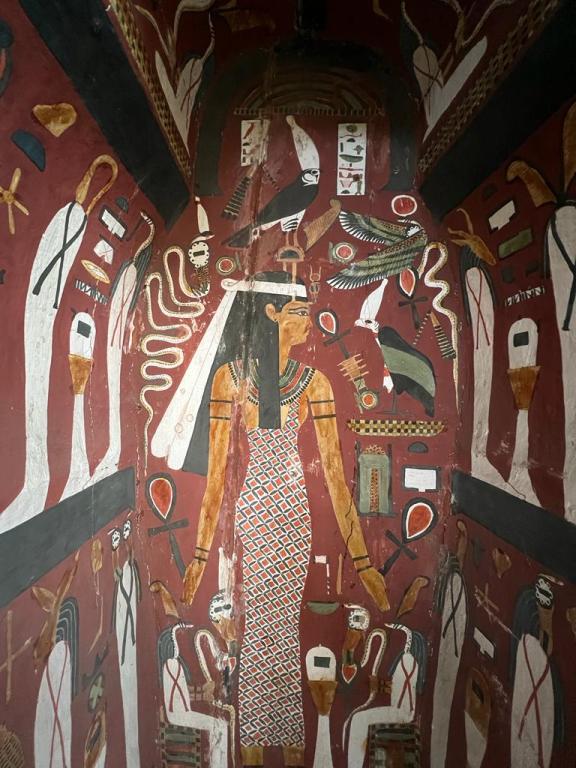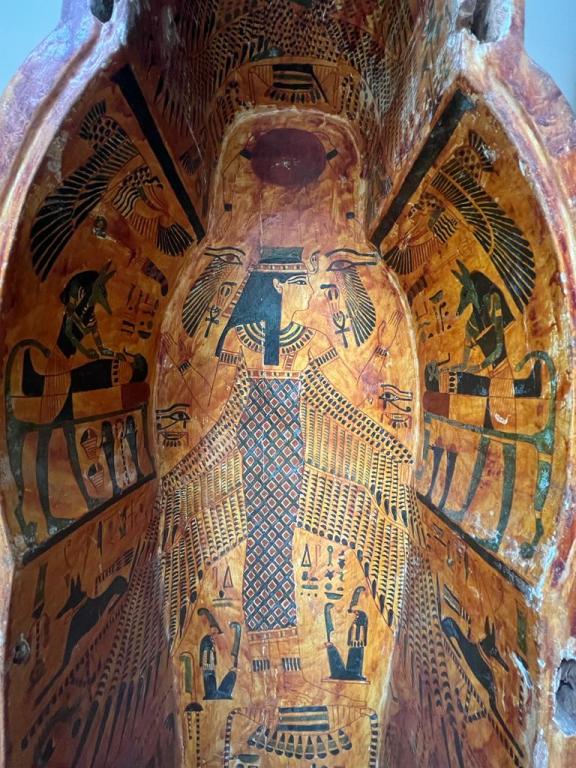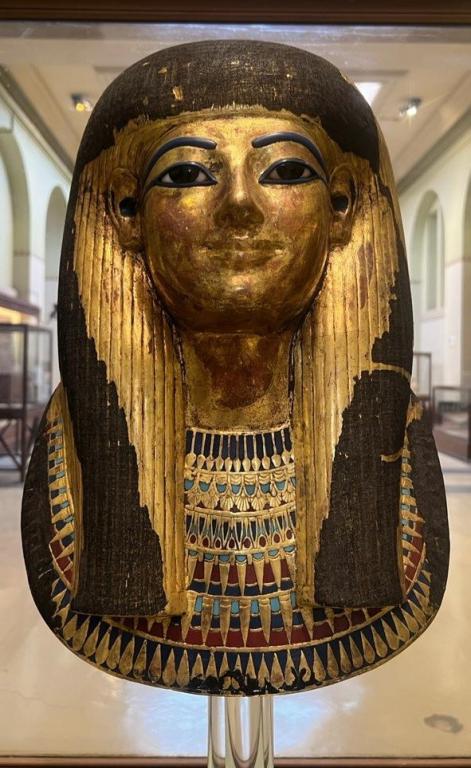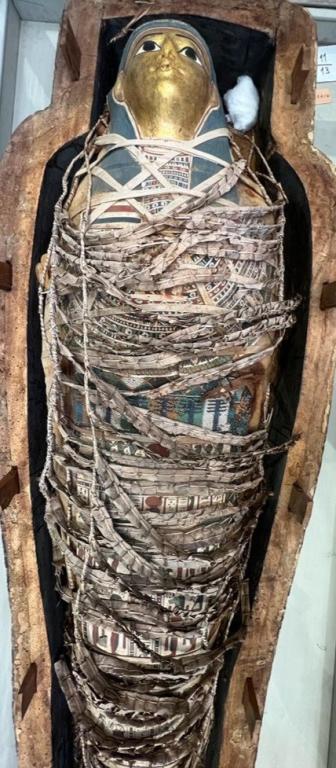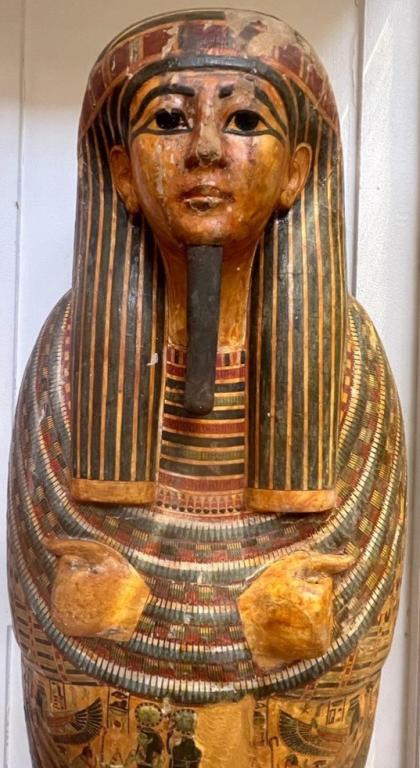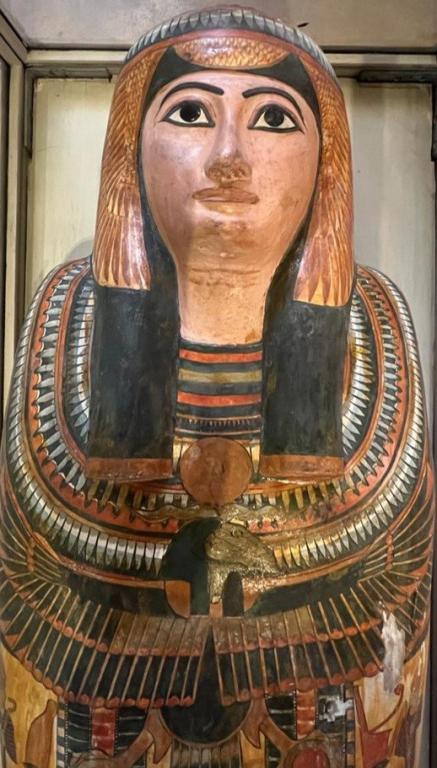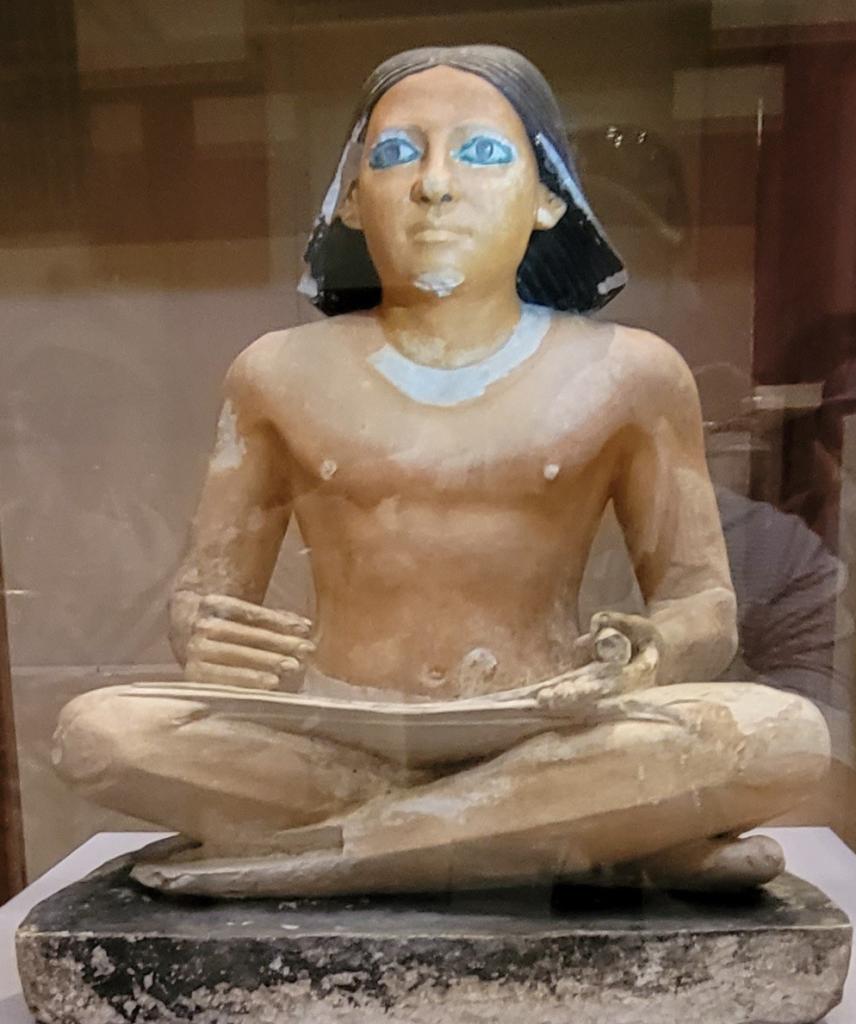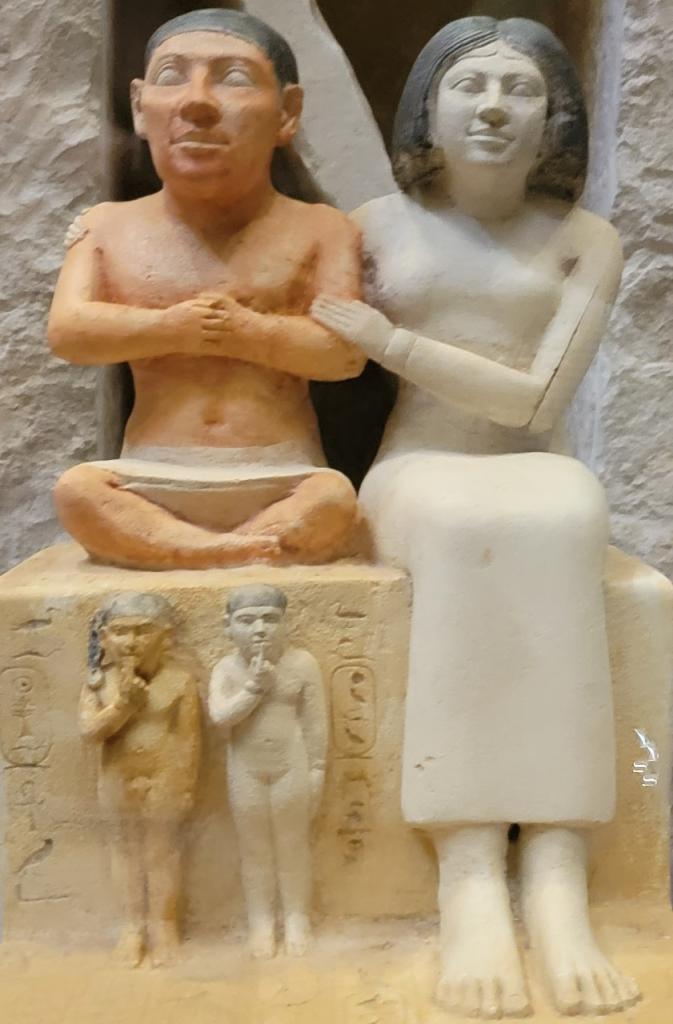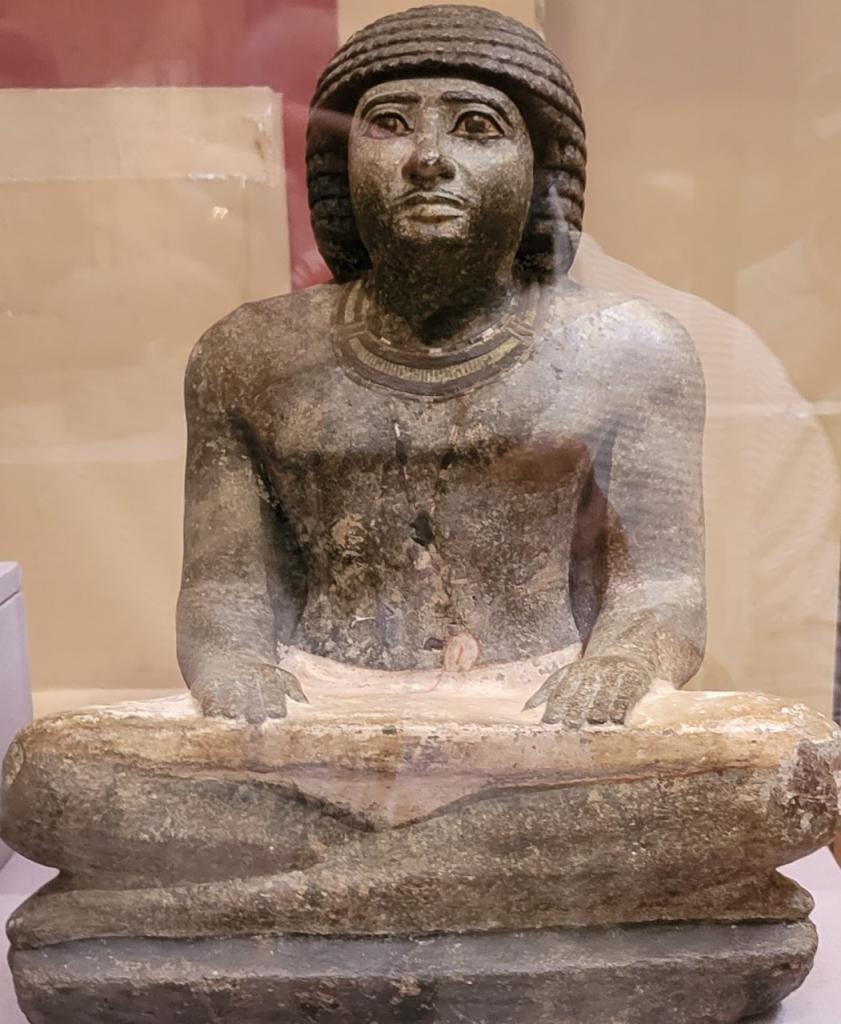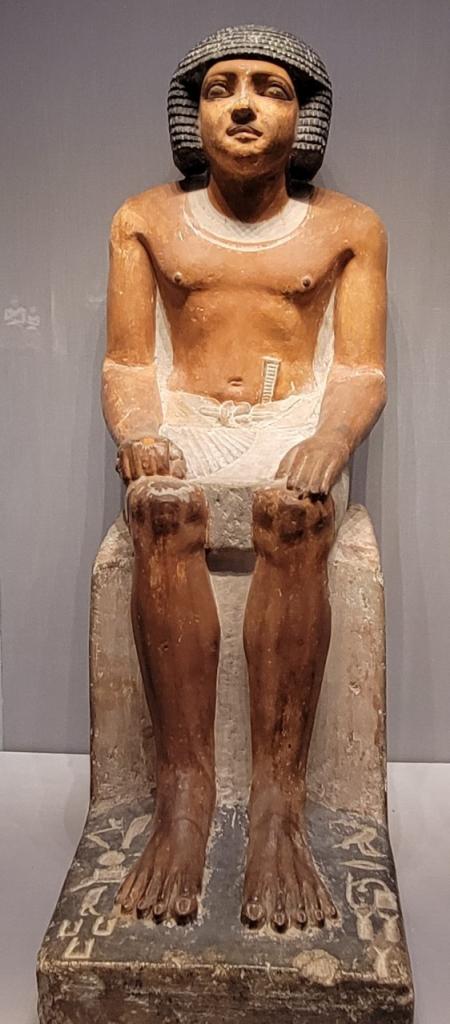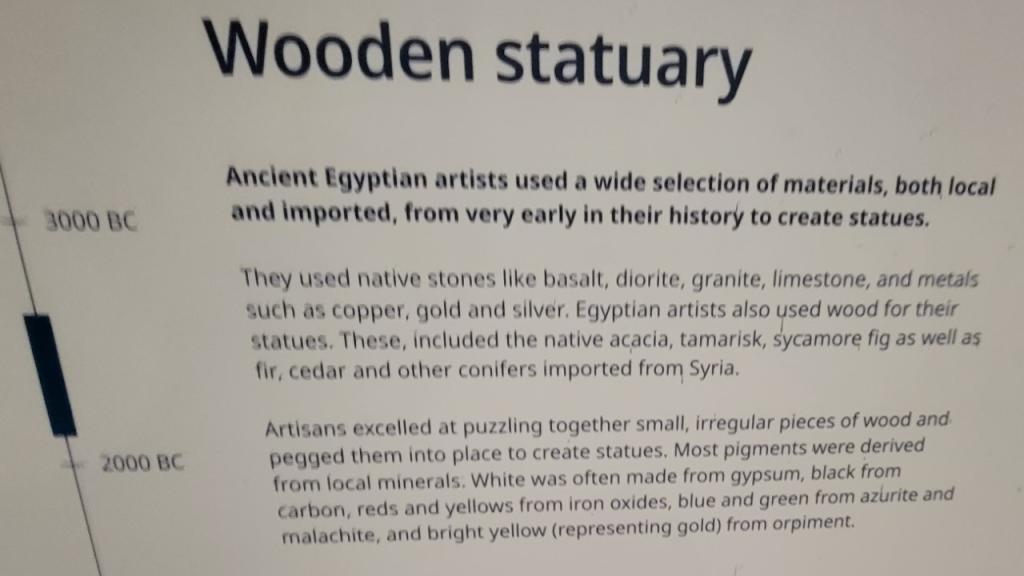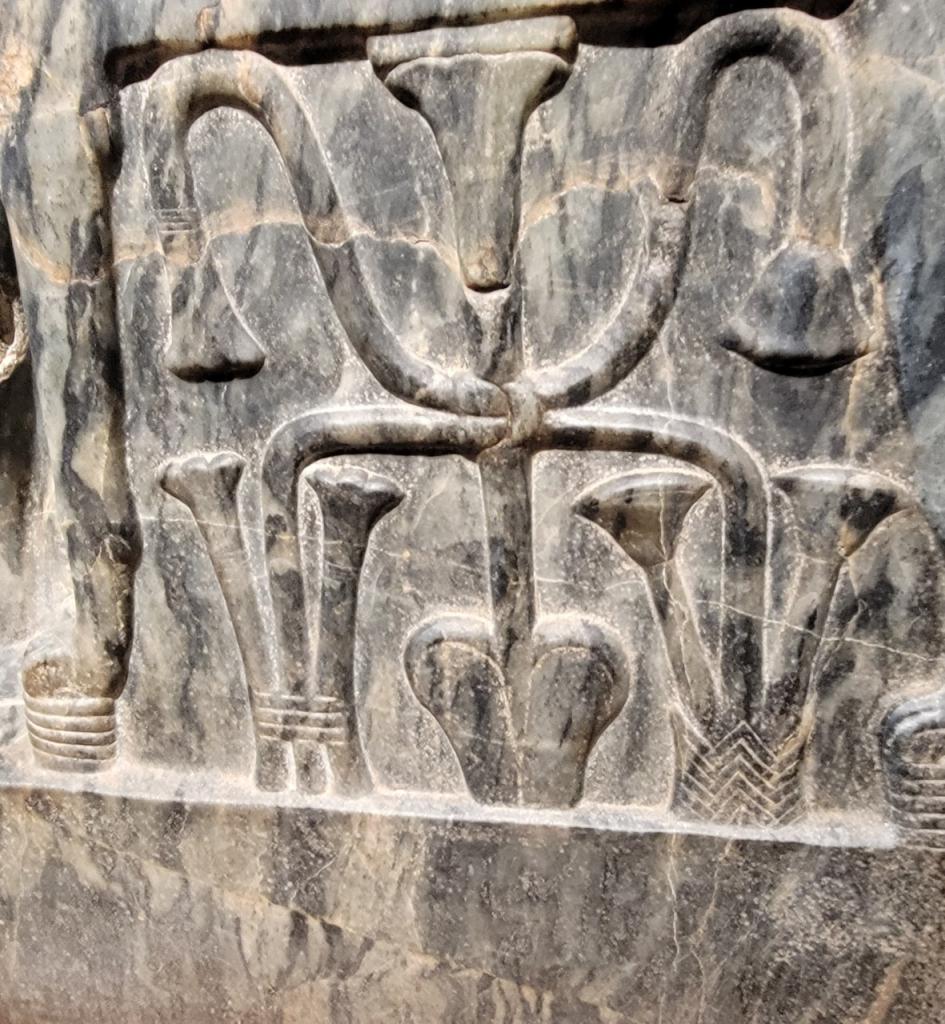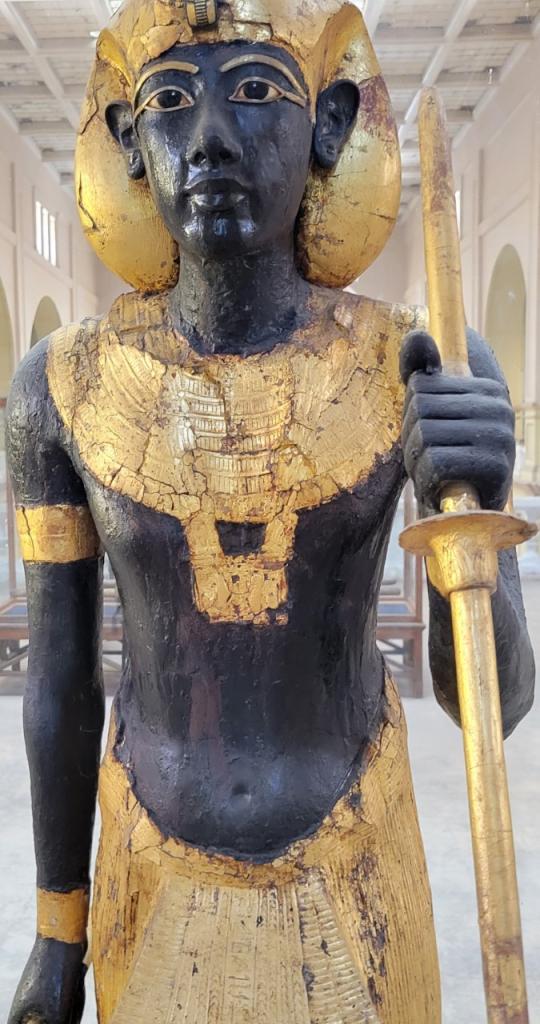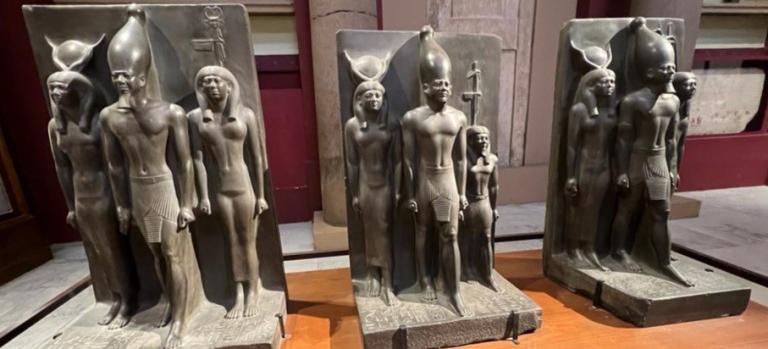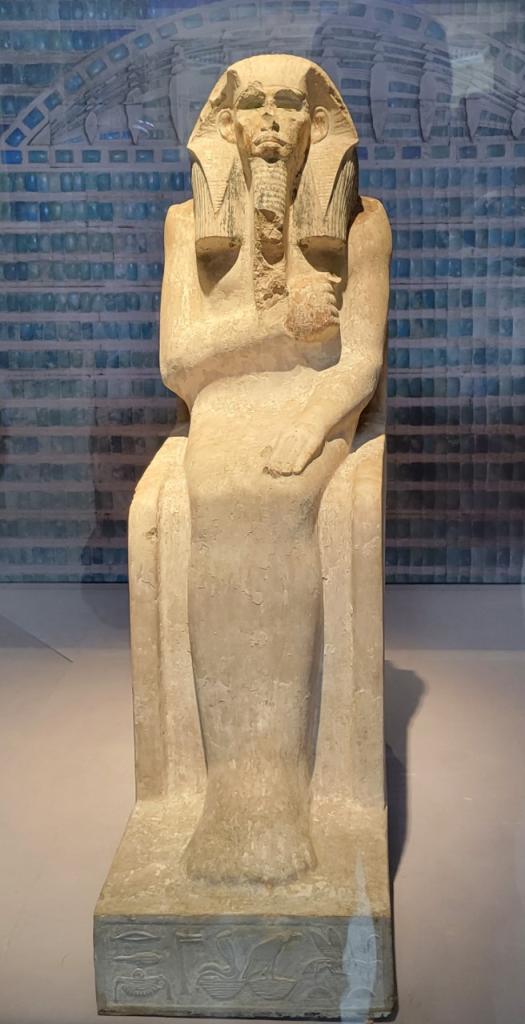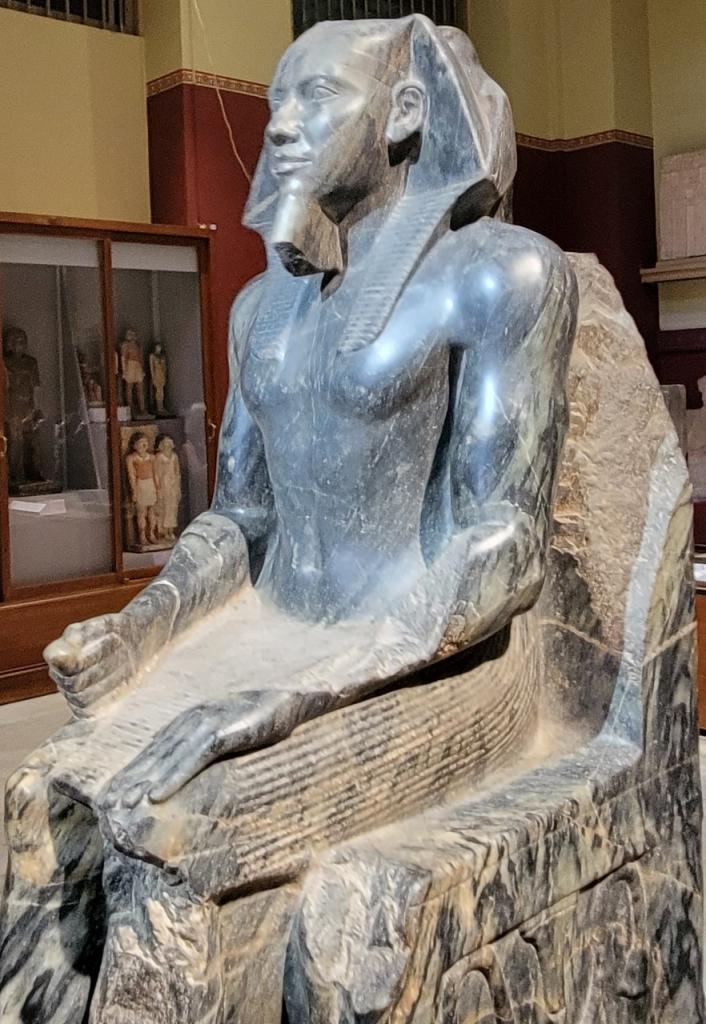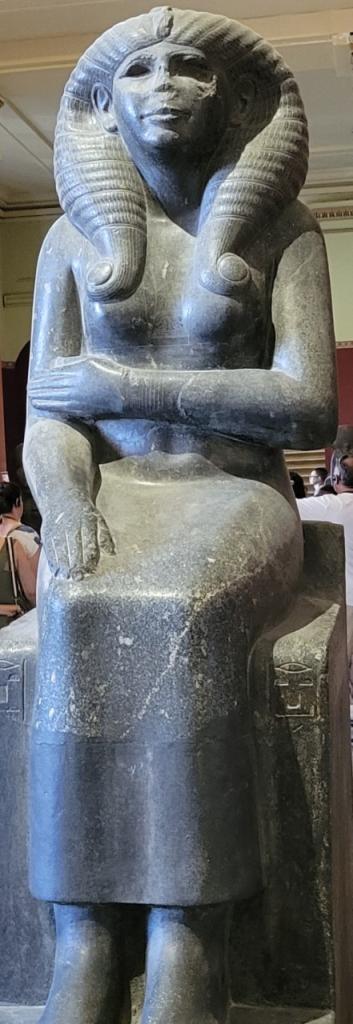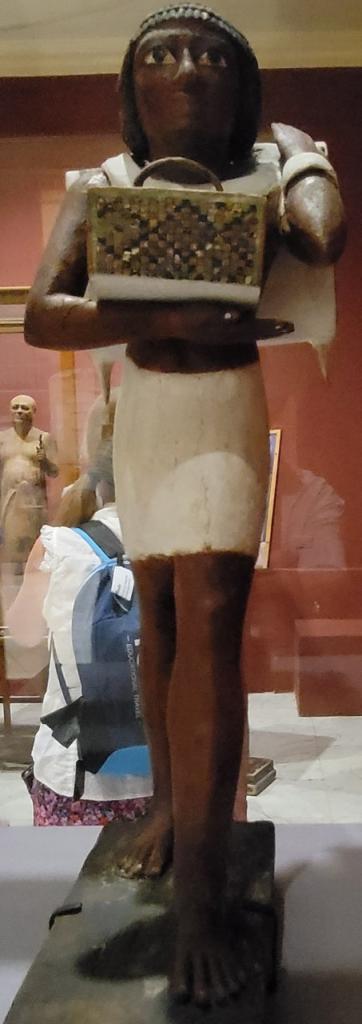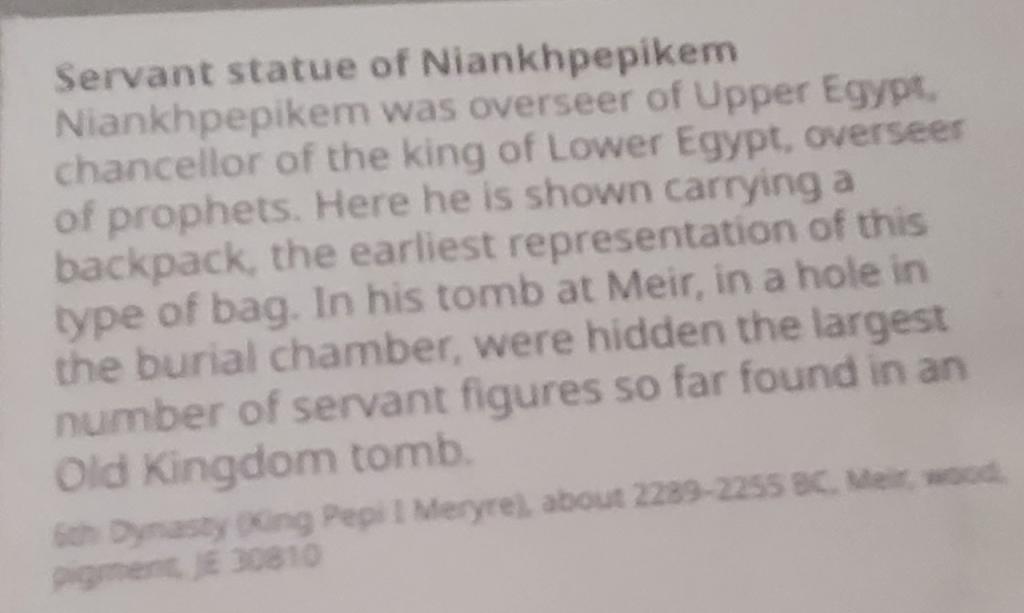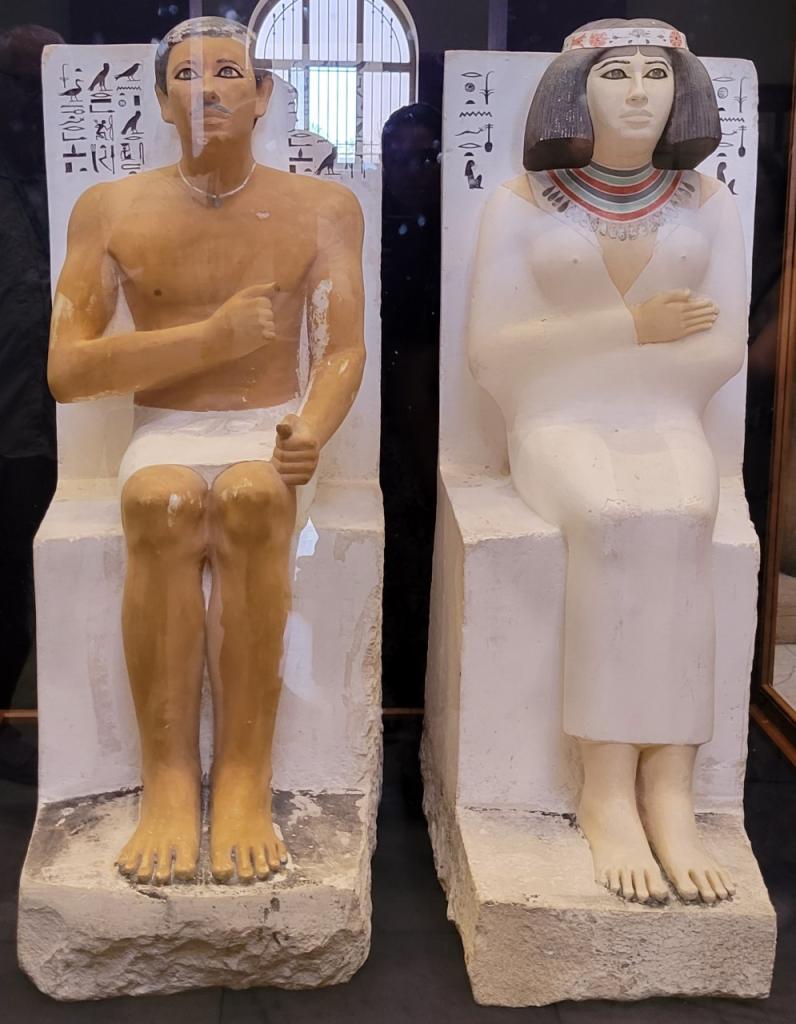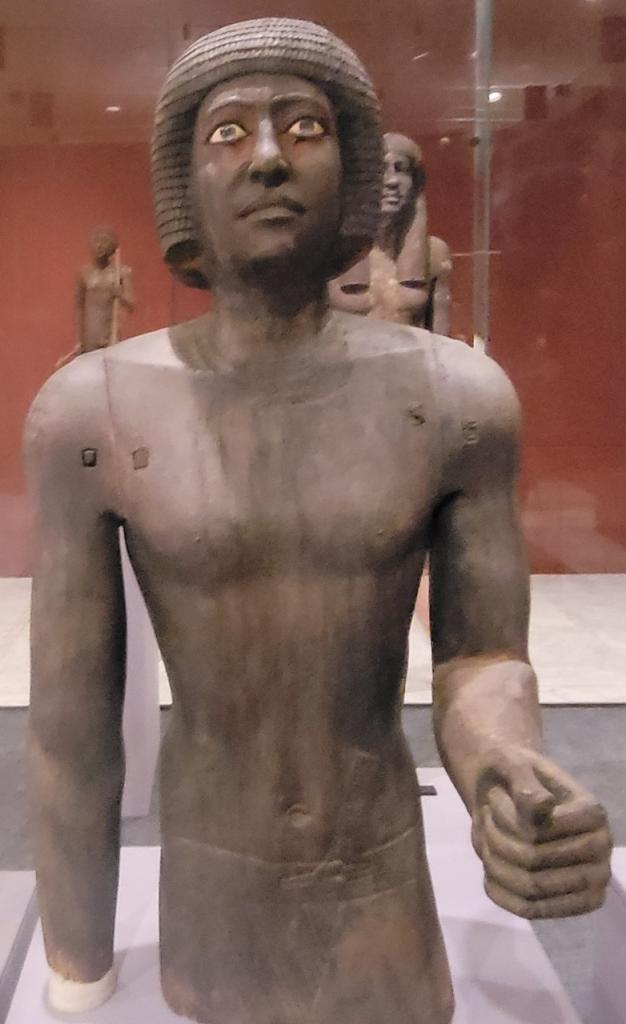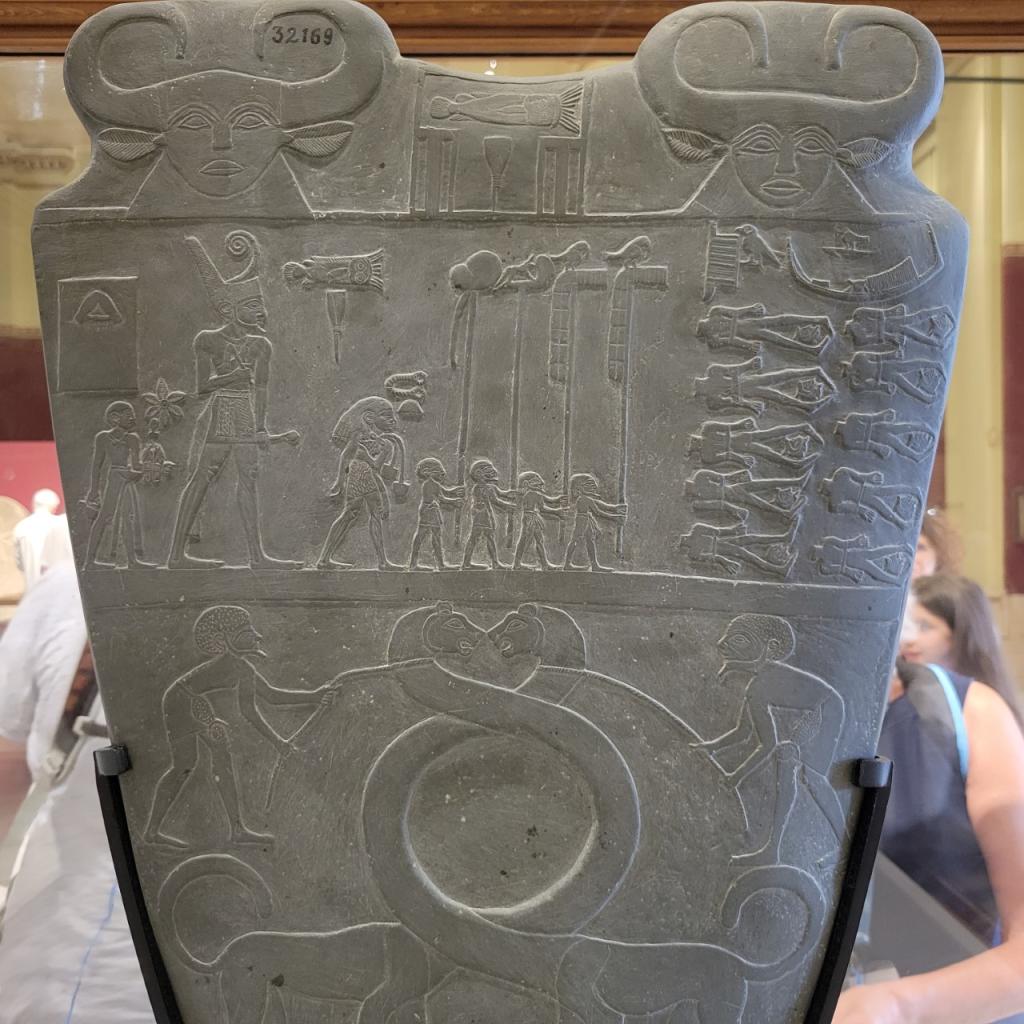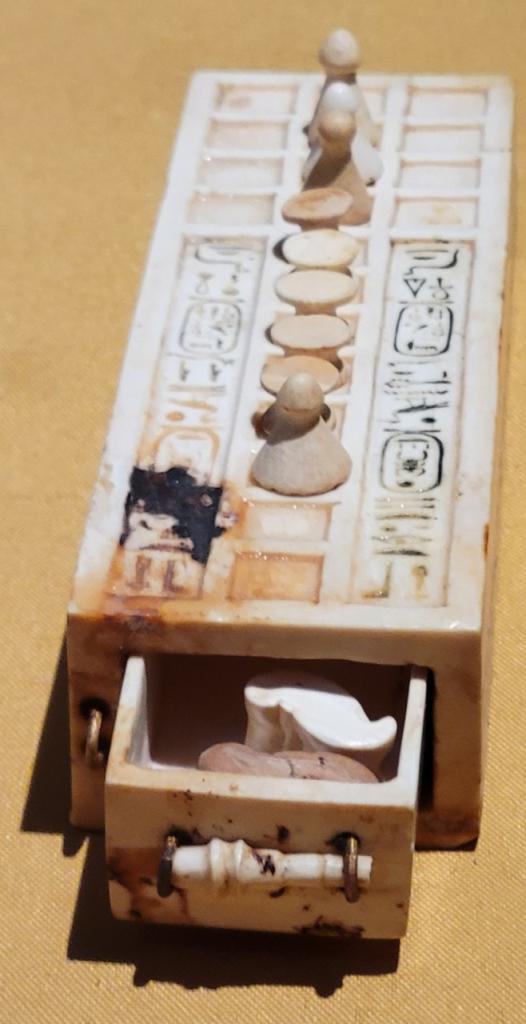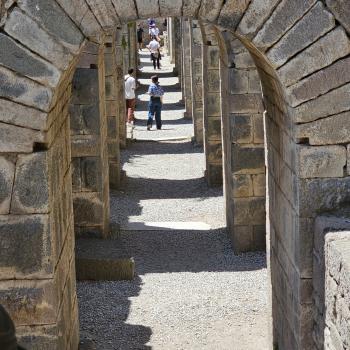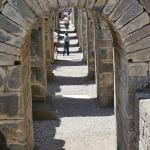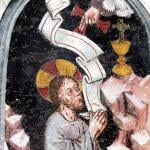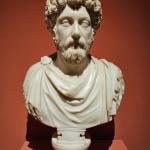When a British boy says, ‘I want my mummy’ that means one thing. When an ancient Egypt said words to that effect, they meant something entirely different. Mummification was an art perfected by the Egyptians long before the time of Jesus. Just one problem— it was based on a faulty anthropology. The Egyptians like many ancients assumed that the internal organs were what really matter, and the heart was the control center of the person, the center of thought, feelings, will. So when mummification took place the internal organs were carefully taken out and pickled, but as for that gray matter that came out of the head— well it was assumed, somewhat logically in view of mucus that comes from the nose, that it was nothing important for the person to have in the after life. With a long hooked prong the brain was extracted and thrown away. So one could say, the Egyptian view of the afterlife was a no brainer. Here is a look at some mummies.
Husband and wife mummies.
One odd fact has puzzled the experts— why in a realm of brown and black mummies is the mummy of Ramses II white, and so noticeably different from the others. My answer would be salt, salt because the body was fished out of the Red Sea sometime after drowning. See the story in Exodus.
Some of the most beautiful wooded sarcophagi found belonged to royal or elite women…
But let’s move back into the land of the living and talk about scribes and even pigmy scribes (the ancient version of the laptop for they could sit on the lap of the pharaoh and the pharaoh could quietly speak into his ear what he wanted written on the scroll).
Pygmies were indeed something one could find in the Egyptian court in various roles and they were doubly interesting when they were literate and good scribes. Scribes were as well some of the scholars of the realm in a largely oral culture. They were important in the royal court and important for business, including priestly records. Here is another scribe.
The Egyptians experimented in wooden statuary as well…..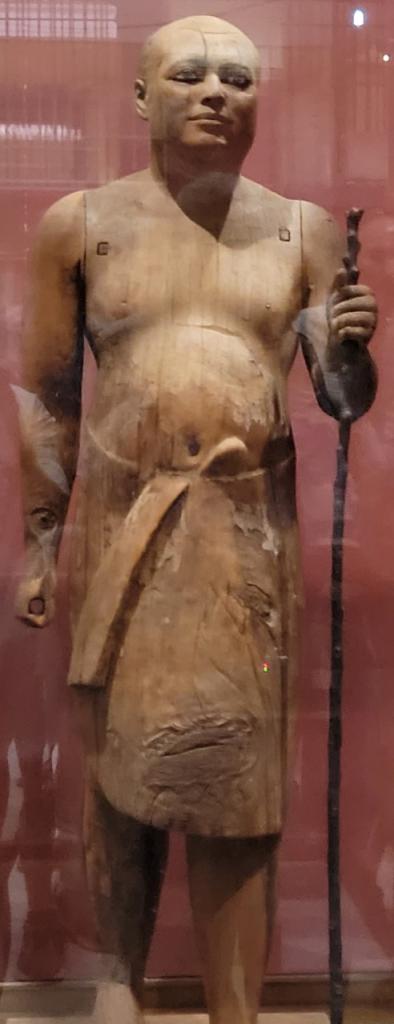
One of the symbols one sees regularly, once the lower and upper kingdoms were united is the lotus tied together with the papyrus play… the two symbols we see in the columns at Luxor as well.
The pharaonic statues are what you would expect. The ruler assumes a posture of power, sometimes with an iron rod in his hand and putting his right foot forward (hence the famous expression).
You should recognize the fellow above by now.
Sometimes pharaohs and their wives preferred the sitting on the throne power pose….
Here is a rather unique image of a servant, with the earliest known depiction of someone wearing a backpack….
I love this statue. I call this couple the Clark Gable and Scarlet O’Hara of ancient Egypt…
This dude looks like he’s been working out. And in regard some of the art, it is fascinating, but almost impossible to decipher…
On the other hand, this is easy to decipher… it’s an ancient game set.


